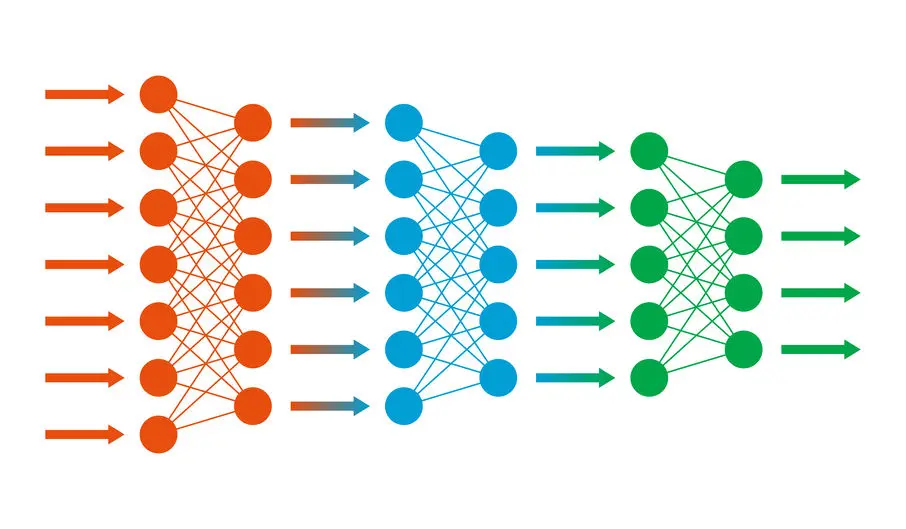AI is everywhere from Google Search to Waze, from chatbots to intelligent automatic email responses. As a B2B marketer, this is just another technology that we need to consider as part of the martech stack.
So how do we evaluate how AI can help or optimize our marketing?
AI is just another form of technology
Many marketers feel intimidated by AI because they don’t know what it is and how to take advantage of it in the context of marketing. In a previous blog post, I explained AI, machine learning and deep learning in relationship to marketing. I also provided examples of how AI can address some marketing and sales challenges. This should help marketers understand what AI is and how to treat AI as another category of technology.
Now, let’s go back to basics to answer one fundamental question: why do we use technology to start with?
Reasons to use technology:
-
Automate the existing process
-
Enable us to do something we could never do before
With that in mind, here are 3 ways to start thinking about how AI can help you in your marketing efforts.
Start by asking a list of questions
Sometimes, the easiest way to approach AI is to come up with questions that we may need AI to solve for us.
- What if you had some automation that is intelligent enough to read prospects’ mail and automatically follow-up?
- What if we could feed a large amount of transactional data to an AI platform and help us identify some unseen patterns of our customers? E.g. people buying these types of products may unexpectedly be interested in these other products.
- Could we teach a machine to identify and categorize different images to automatically place them in the correct area of our eCommerce site or catalog?
The questions that AI can help address are endless. Once you start asking questions, talking to your colleagues and vendors, conducting research, and pulling data, you’ll start learning what you need to do and what tools or platforms to use to address your questions.
Don’t expect that you’ll find an answer right away, it’s usually a journey. Even if you start the analysis, you may need to experiment with different approaches.
Start with evaluating and learning the existing martech stack
Another way to start is to look at your existing martech stack. Many martech platforms have built-in-intelligence features and you may not be using these features to the fullest.
For example, the Salesforce CRM suite has AI features included in your licenses, but not everyone knows how to use them or even that they exist. If you are using its marketing cloud, sales cloud or commerce cloud, maybe you can check out the AI features and learn how to use them to answer some of your own questions.
For some martech platforms, you can even call up the vendors and ask them to teach you how to use their AI features. Most of the time, they are happy to show you.
Start with the division of labor between people and software (or machines)
The other way is to start evaluating the roles and responsibilities of people and software. What tasks do you want to do? What tasks can an AI virtual assistant take on or automate?
This requires you to have a decent knowledge of your current martech stack and its product features. It may also require you to know if your company has an insight and analytics team. Can they help to make recommendations about tasks that can be automated? In a way, you are looking at your marketing and sales processes like manufacturers evaluating their assembly flow and identifying what areas should be managed by humans and what should be done by machines. Marketing and sales organizations would benefit greatly by working like manufacturers who are constantly looking for ways to improve.
In summary…
AI is just another technology to help marketers automate and be more productive. The key is for us to understand what it is, what it can do, identify where AI can help us and find ways to bring AI into our processes and workflows.
Here is the irony of AI. It’s not here to replace marketers, but it helps us be more efficient and productive so that we can deliver a highly personalized and more humane experience for our customers.
This post has been republished from PamDidner.com.
Pam Didner
Pam Didner is a marketer who accelerates B2B marketers’ contribution to sales with content, sales enablement, & account-based marketing using a proven methodology.


